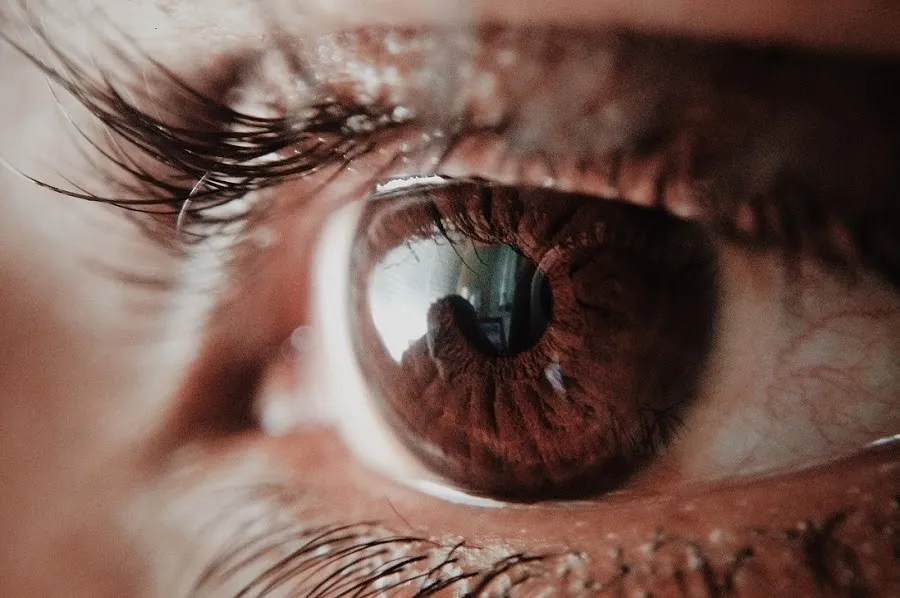
Do you ever experience red, itchy, watery, or swollen eyes that make you want to rub them constantly? If so, you may be suffering from eye allergies, a common condition that affects millions of people around the world. Eye allergies are also known as allergic conjunctivitis and they occur when the eyes react to something that irritates them, such as pollen, dust mites, mold, or pet dander. In this blog post, we will explain what eye allergies are, what causes them, what symptoms they produce, how they can be treated, and how they can be prevented. By the end of this post, you will have a better understanding of eye allergies and how to deal with them effectively.
Eye allergies are also known as allergic conjunctivitis and they are caused by a misfiring of the immune system when it reacts to things that are not harmful, such as pollen, dust mites, mold, or pet dander.
Symptoms of eye allergies may include red, irritated, itchy, watery, swollen, or puffy eyes, as well as soreness, burning, pain, or sensitivity to light. Sometimes, eye allergies can be confused with pink eye (conjunctivitis), which is an infection of the eye caused by bacteria or viruses. However, pink eye usually affects only one eye and may have other signs such as discharge or crusting.
Eye allergies can be triggered by different factors depending on the person and the season. Some common triggers are pollen from trees, grasses, and weeds; dust mites and mold spores in indoor environments; pet dander and saliva; cosmetics and perfumes; smoke and air pollution; and certain medications or eye drops.
Eye allergies can be treated with various methods depending on the severity and frequency of the symptoms. Some options are avoiding or minimizing exposure to the allergens; using artificial tears or saline solutions to rinse the eyes; applying cold compresses to reduce swelling and inflammation; taking over-the-counter antihistamines or decongestants to relieve itching and redness; using prescription eye drops or oral medications to control allergic reactions; and wearing sunglasses or eyeglasses to protect the eyes from irritants.
Preventing eye allergies can be challenging, but there are some steps that can help reduce the exposure to the allergens and the severity of the symptoms. The most common way to prevent eye allergies is to avoid or minimize contact with the substances that trigger them, such as pollen, dust mites, mold, pet dander, cosmetics, perfumes, smoke, or medications. This may involve staying indoors when the pollen count is high, using air filters and humidifiers in the home, washing bedding and curtains regularly, keeping pets out of the bedroom, removing eye makeup thoroughly, and switching to hypoallergenic products.
Another way to prevent eye allergies is to use artificial tears or lubricating eye drops that can help flush out the allergens from the eyes and provide moisture and relief. These drops can be used as often as needed if they are preservative-free. Some people may also benefit from using over-the-counter or prescription medications that can prevent or treat allergic reactions in the eyes, such as antihistamines, decongestants, corticosteroids, or mast cell stabilizers. However, these medications should be used with caution and under the guidance of an eye doctor.
Eye allergies can affect the quality of life and cause discomfort and annoyance. In some cases, eye allergies can lead to complications such as conjunctivitis (pink eye), keratitis (inflammation of the cornea), or blepharitis (inflammation of the eyelids). Therefore, it is important to consult an eye doctor if the symptoms persist or worsen despite treatment.
